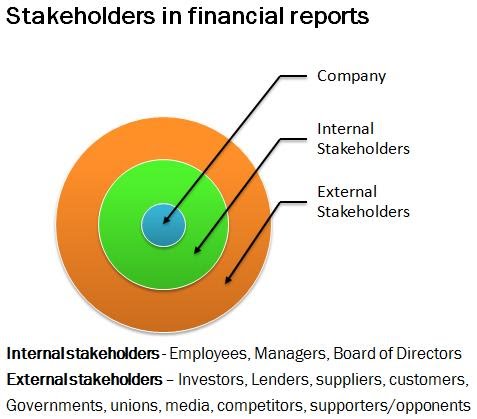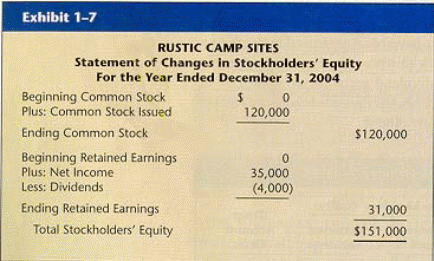This paper explores the four major financial statements produced by entities to report the strength of an entity to be an ongoing concern. These financial statements include the balance sheets, income statements, cash flow statements and statements of shareholders equity. The paper examines in detail each of the financial statements and their relevance to various stakeholders. The users include investors, creditors, financial institutions, and management.

Financial statements basically show where a companys money comes from, where it is spent went and its current position.
Balance Sheet
A balance sheet is divided into three categories that include assets, liabilities, and stockholders equity. The basic accounting equation states that assets=liabilities + equity. Assets have to equal the claims against those assets (Edmonds et al., 2010). Creditors have an interest in the balance sheet to determine whether they will be repaid for their supplies, (goods and services) delivered to the entity. Investors are also interested in the balance sheet to understand the nature of stock and the amount of retained earnings available for future payments to investors. They are interested in knowing whether the management is managing their finances well (Ross, Westerfield & Jordan, 1998).
Because of the value of assets, the company can either sell them or use them to make products or provide services that the company can sell. Assets include physical property, such as land, equipment, and inventory. It also includes things that cannot be physically touched but exist and have value, such as goodwill, trademarks, and patents. Cash is also an asset in addition to the investments that an organization makes (Moyer, McGuigan & Kretlow, 2001).
Shareholders equity that many describe as capital or the net worth is the difference between the assets of the company and its liabilities. The money left over belongs to the owners of the company such as shareholders and investors. The summary of the balance sheet could be obtained from this equation:
Assets = Liabilities + Shareholders’ equity
Income Statement
The income statement reports the companys activities over a given period with the income statement showing a current period as well as comparisons to prior periods. The income statement shows revenue, or sales and the expenses incurred in generating that revenue leading down to the net income for the period. It provides the management with information on expenses and their reduction in order to produce a higher income. Investors examine the ratios (comparative financials) and determine if the management is running the corporation most proficiently.
Cash Flow Statements
A company needs to have enough cash on hand to pay meet its obligations and acquire assets. A cash flow statement, therefore, tells you whether a company generated cash based on the expenditures made. The cash flow statement reviews the cash flow from various types of activities with three being dominant such as operations, investment and financing activities. The information about cash flows helps the management and investors in predicting the future cash requirements of the entity. When used simultaneously with other financial statements, it assists lenders and creditors in evaluating the financial structure of an entity including its liquidity and solvency.
Statement of Owners Equity
It shows the various types of stock transactions and their effect on earnings retained in the firm.

The statement of owners equity is helpful to the management in determining the amount of money to re-invest into the business once the dividends are paid.
References
Edmonds, T. et al. (2010). Fundamental financial accounting concepts. New York, NY: McGraw Hill.
Moyer, C., McGuigan, R. & Kretlow, J. (2001). Contemporary financial management, 8 Ed. Cincinnati, OH: South-Western College Publishing.
Ross, A., Westerfield, W. & Jordan, D. (1998). Fundamentals of corporate finance, 4 Edn. Boston, MA: Irwin, McGraw-Hill Publishers.

